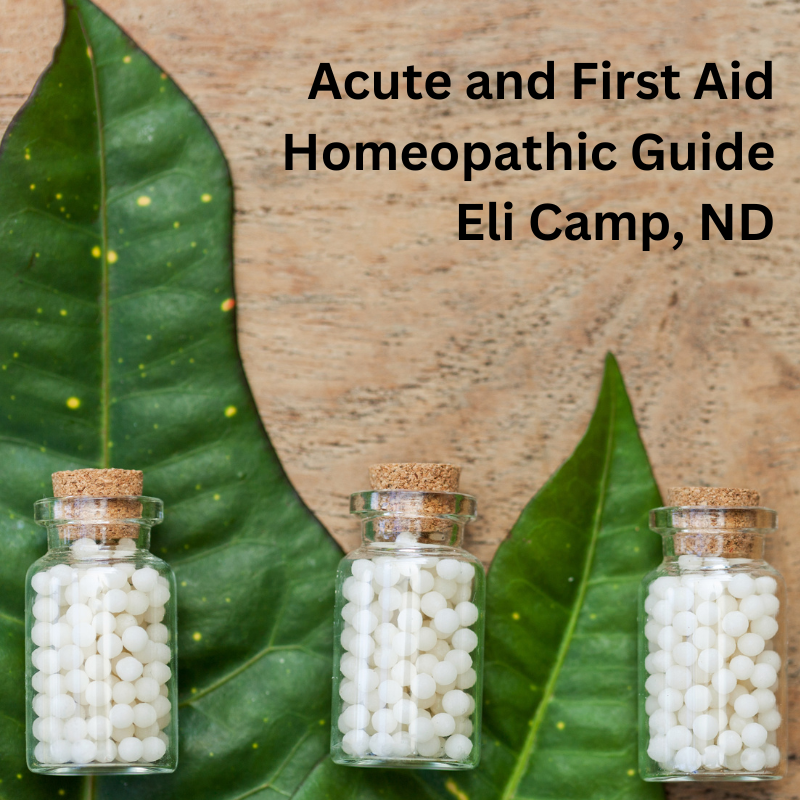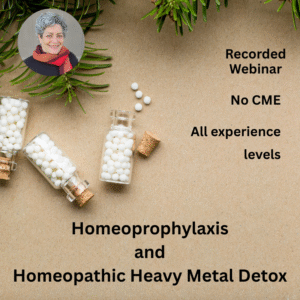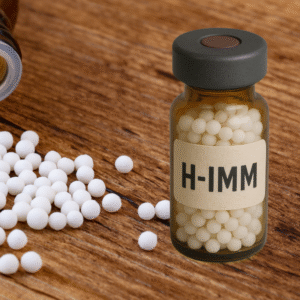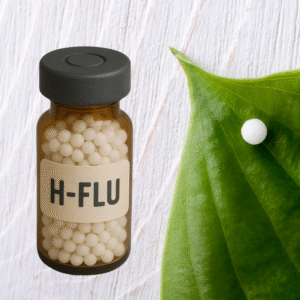Description
This is a guide with remedy differentials. There is no instruction or training on homeopathy included in this guide.
Areas covered include:
- Burns
- Bruising
- Bites and Stings
- Indigestion and Gas
- Rashes
- Teething
- Dental and Abscess
- Strains and Sprains
- Cuts
- Grief
- Labor
- Shock and Fright
- Puncture Wounds
- Fractures
- General Trauma
- Hemorrhage
- Nose Bleeds
- Eye Trauma
- Food Poisoning
Excerpt:
Remedies for Burns
Homeopathic remedies can help to soothe the pain of burns and reduce the chance of blistering. Burns require immediate attention to prevent further tissue damage, so cool and warm applications and natural remedies should always be close at hand. Burns—even minor ones—can cause some degree of shock, and care should be taken that the person rests and stays hydrated. Any serious burn should have emergency attention from a physician, although remedies can be used while en route to medical care.
Serious burns include some second-degree, third-degree, fourth-degree, electrical, and lightning.
- A second-degree burn is considered serious when it covers more than 10% (10 palm-sized area) of the body, or is on the hands, feet, face, groin, buttocks or a major joint.
- Third- and fourth-degree burns are the most serious. These types of burns involve all layers of skin and underlying fat, sometimes reaching the muscle and bone. Someone with either of these burns needs to go to the hospital right away. Don’t remove clothing or anything stuck to the skin, and don’t apply anything including water. The skin may appear dry and leathery or look black, white, brown or yellow. There may be swelling and there may be no pain. Shock is common.
- Electrical burns that affect the top 2 layers of the skin and cover more than 10% of the body surface or those that affect all the layers, should be medically evaluated. The skin can be white, gray, or black and painless.
- Lightning strike burns regardless of presentation of the person must be treated immediately.
Remedies
- Arnica (Arn): This is a valuable first-aid remedy to help reduce pain and swelling and prevent the onset of shock after any injury. Another remedy that is more specific to the burn should be considered after Arn.
- Cantharis (Canth): This remedy is indicated for extreme burning pain, when the person is very intense and restless. It is often useful in reducing or preventing blister formation. Canth can help with any burn, but is most often indicated for severe ones (second or third degree).
- Causticum (Caust): If a burn is intensely painful and blisters seem to be forming, this remedy may help to bring relief. The person often feels more sad than restless from the pain. Rawness and soreness may develop in the injured area. Caust is also helpful when pain remains in older burns, or when burns have not completely healed.
- Hepar sulphuris calcareum (Hep): This remedy is helpful for treating very sensitive and painful burns in people who are prone to infection. The person may feel extremely vulnerable and irritable, and may have chills or be very sensitive to cold.
- Hypericum (Hyper): This remedy is often helpful when the pain of a burn is intense and the nerves are extremely sensitive. Along with the usual discomfort of a burn, stabbing or shooting pains may be felt in the injured area.
- Phosphorus (Phos): This remedy may be useful for the pain of electrical burns, on the way to medical care. (When electrical burns occur, the damaged area may look small on the surface, but can be more extensive underneath; they should always be examined by a doctor).
- Urtica urens (Urt-u.): When a burn is mild and the primary symptoms are redness and stinging pain, better with cool or cold applications. It is often useful for sunburn when the pain is prickly and stinging.











